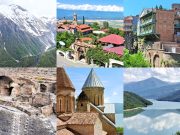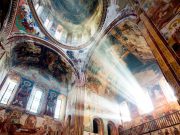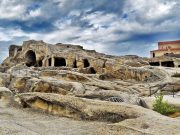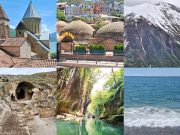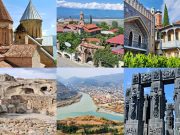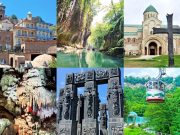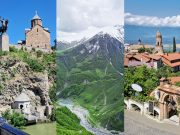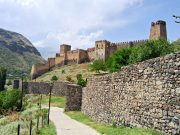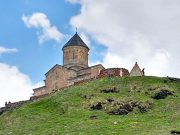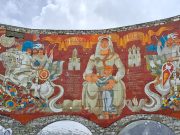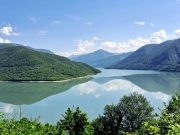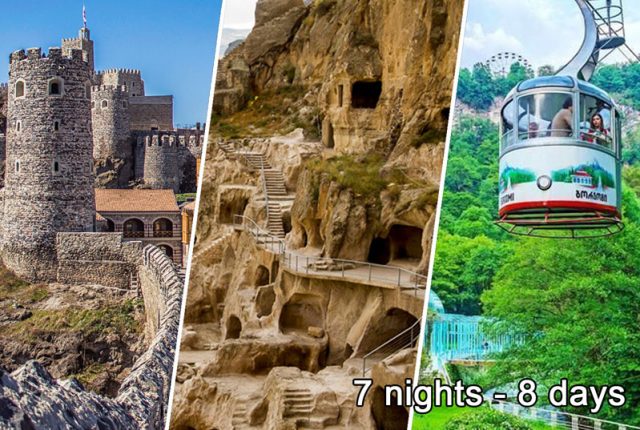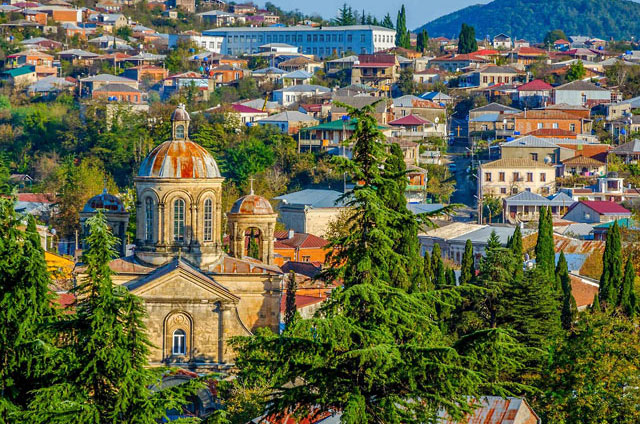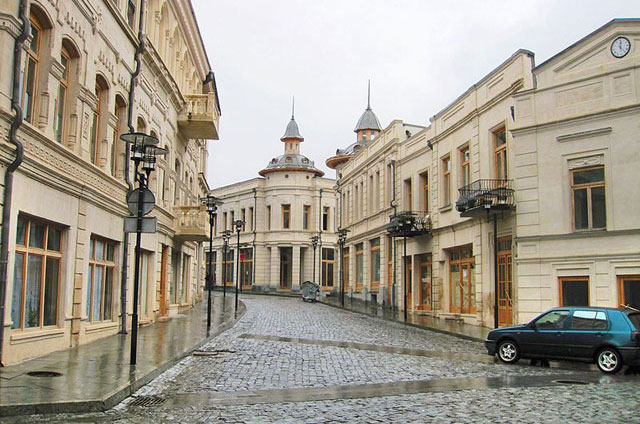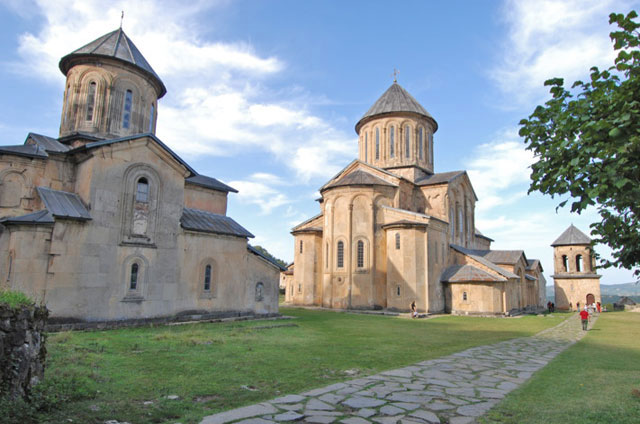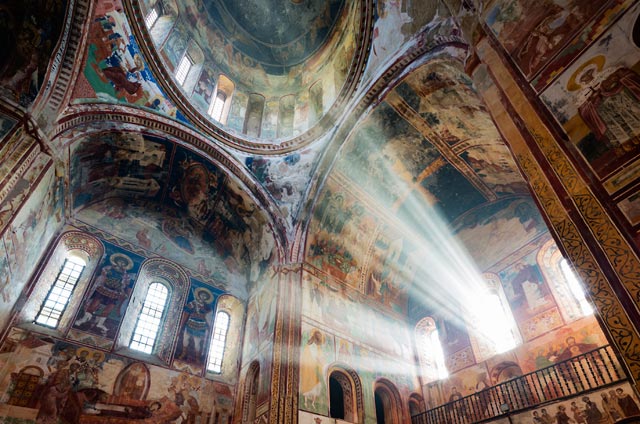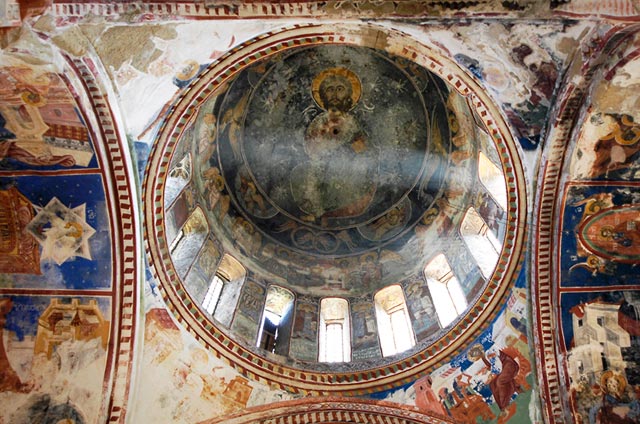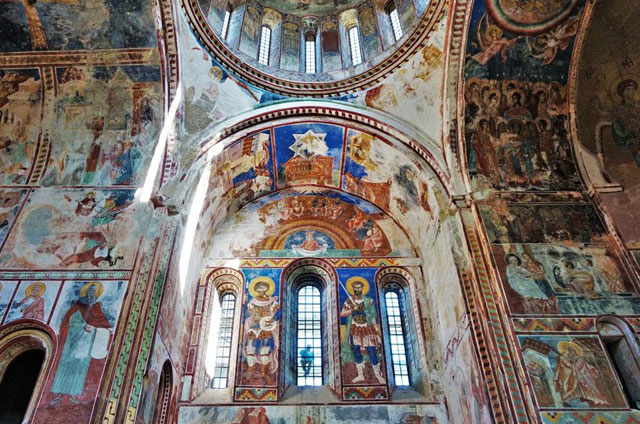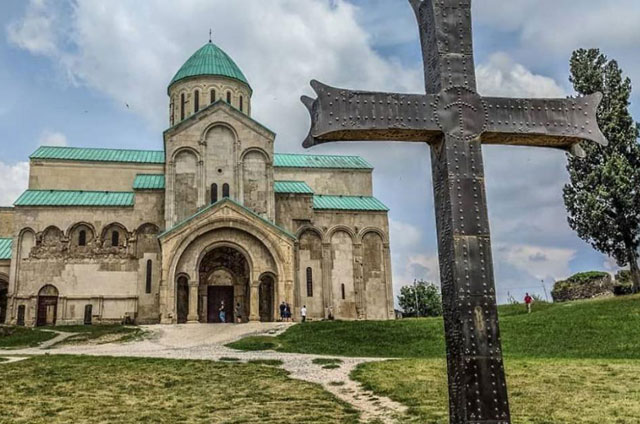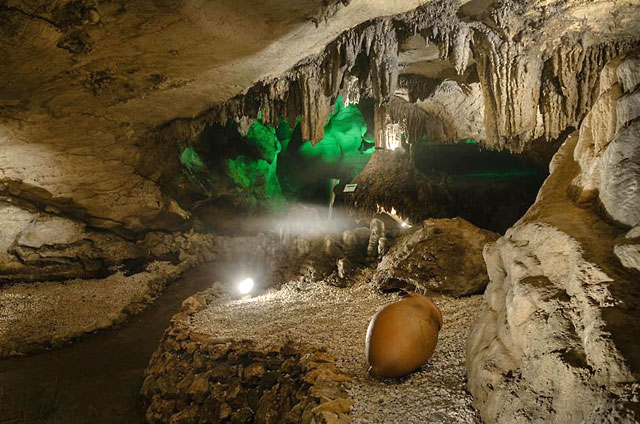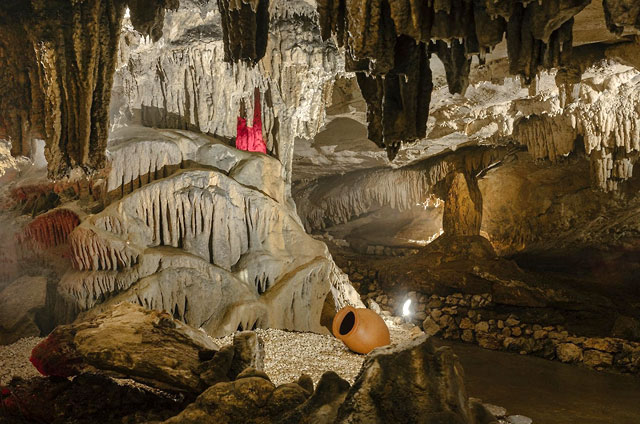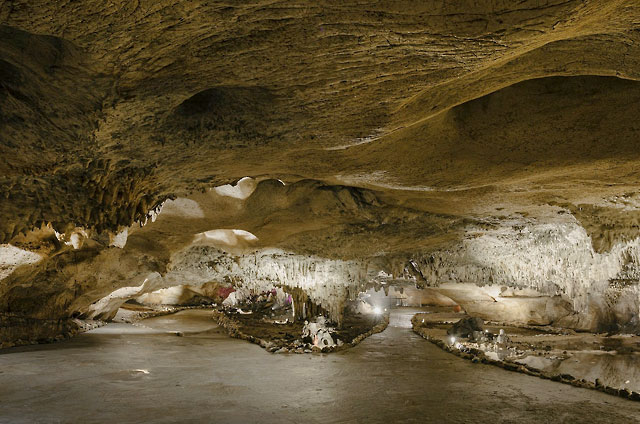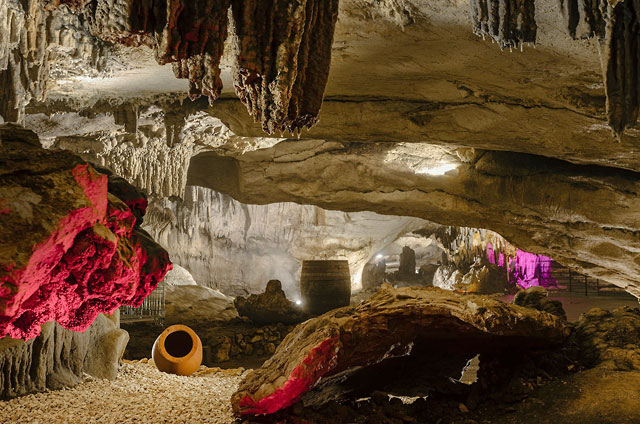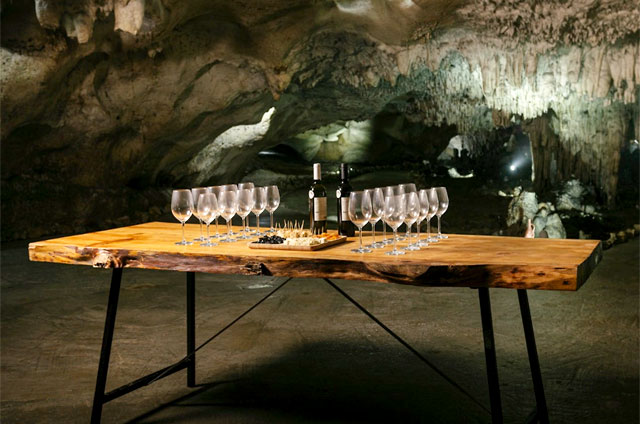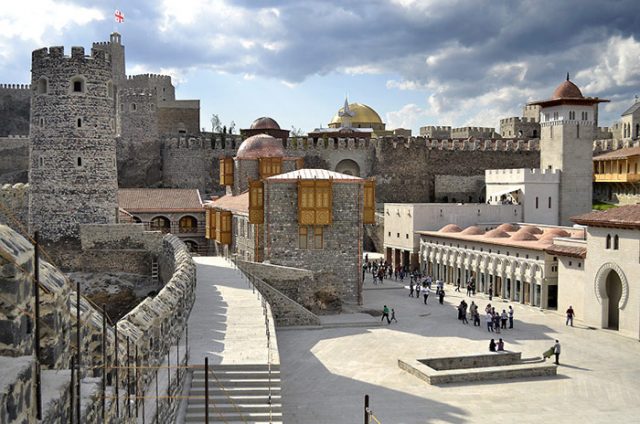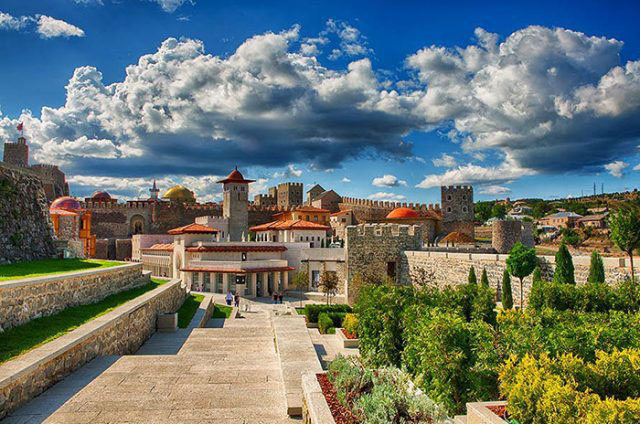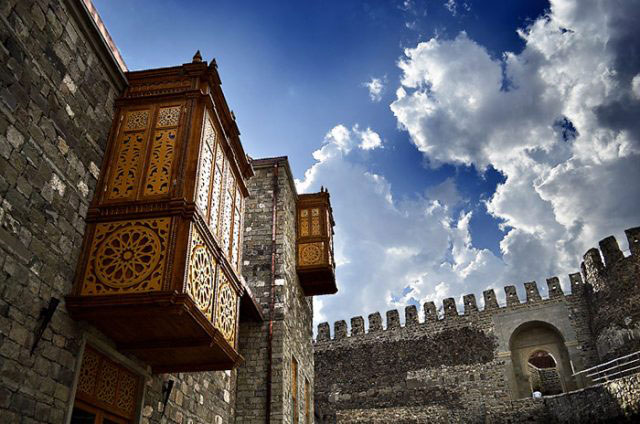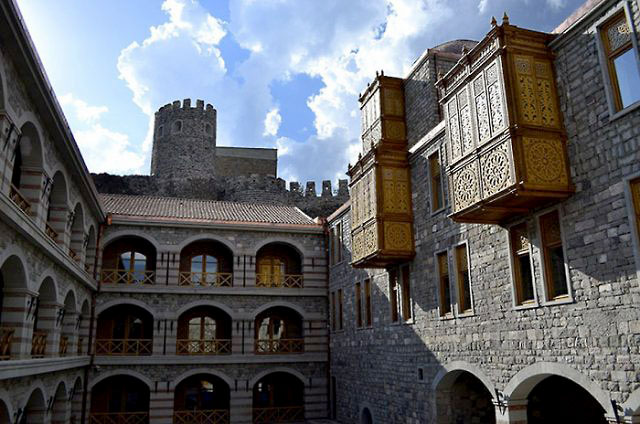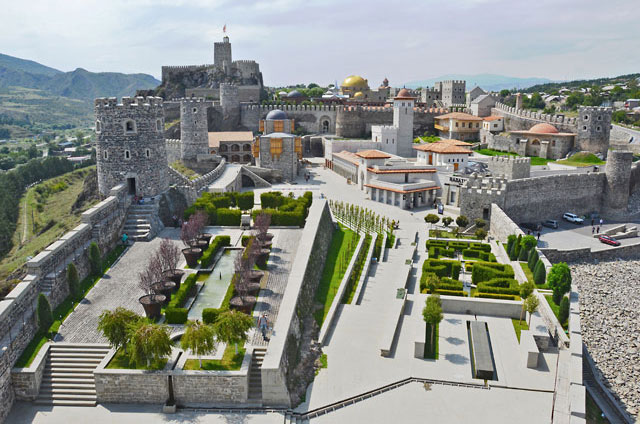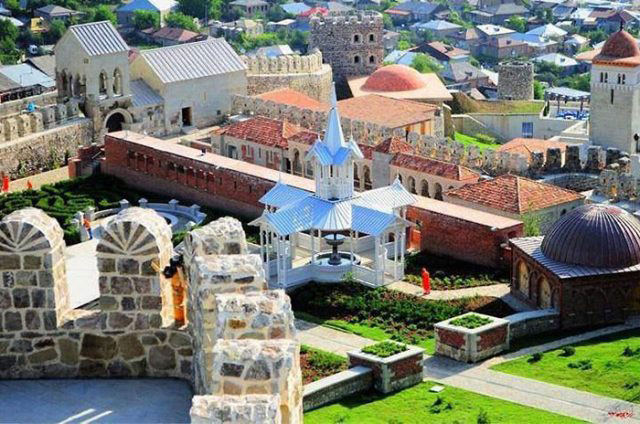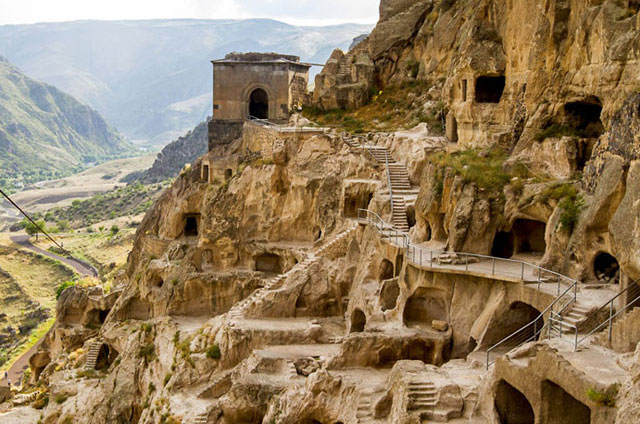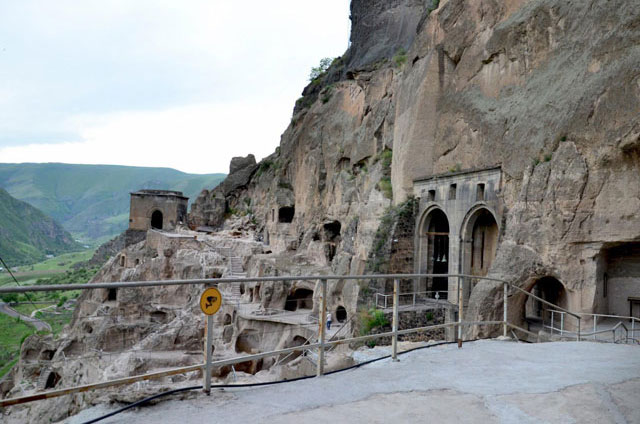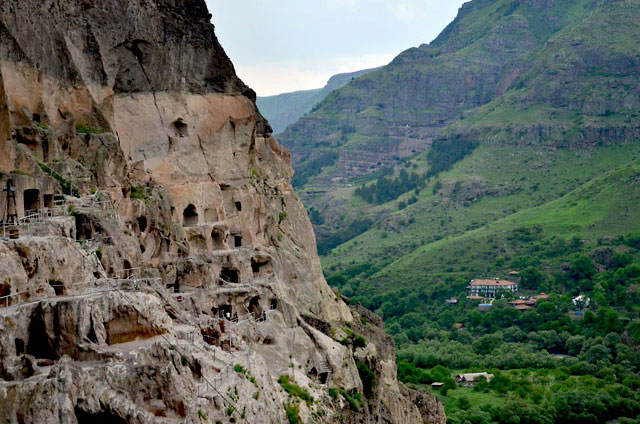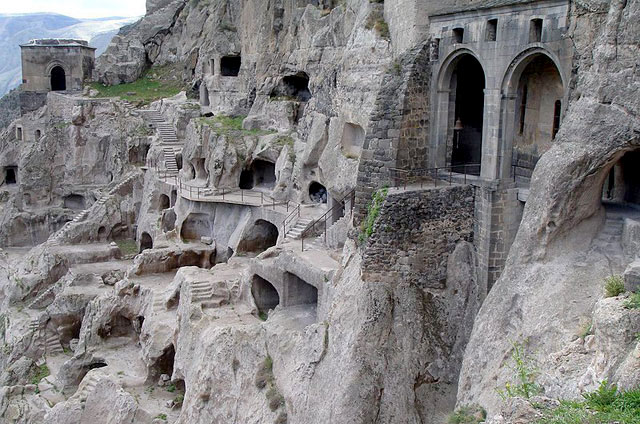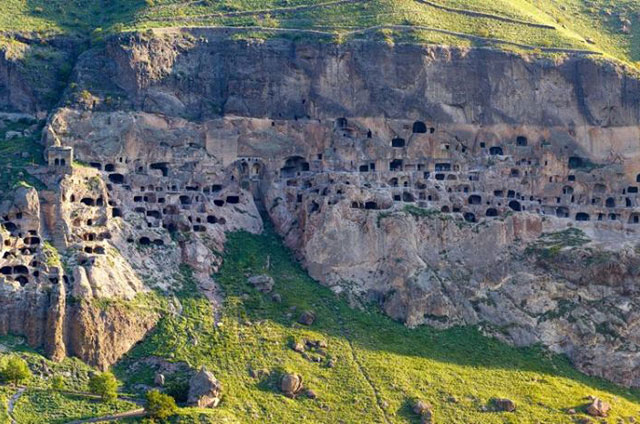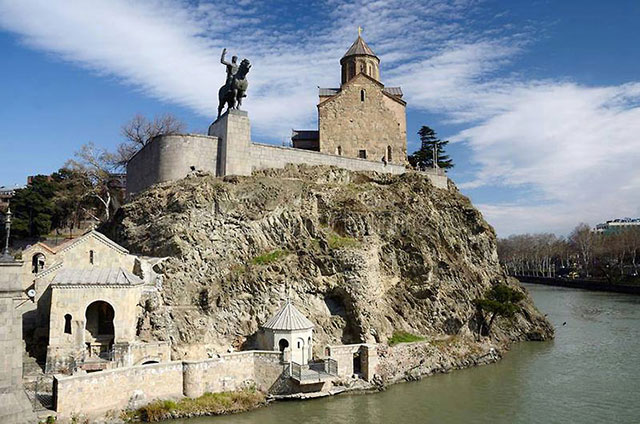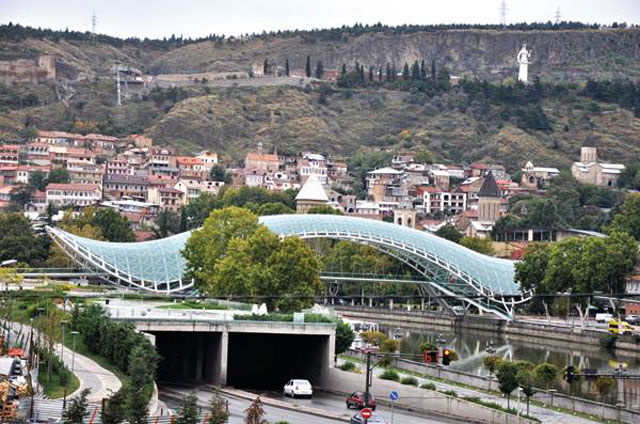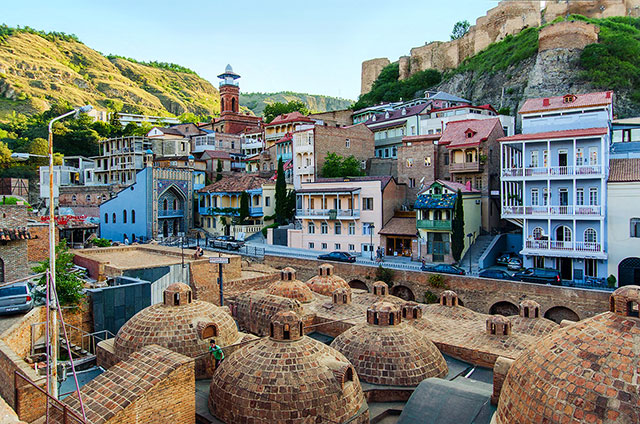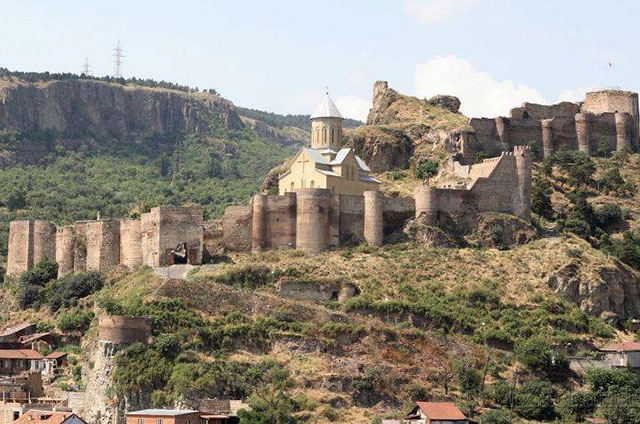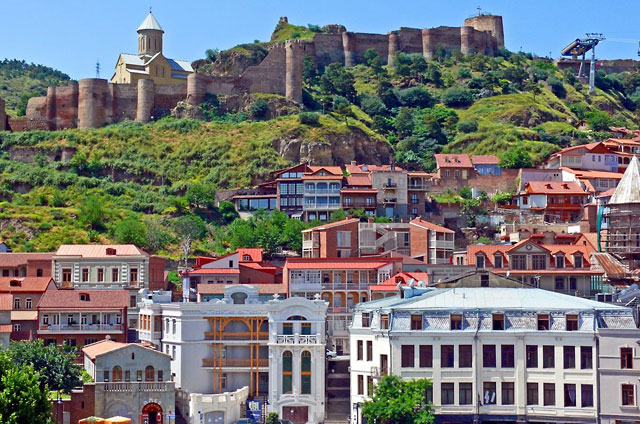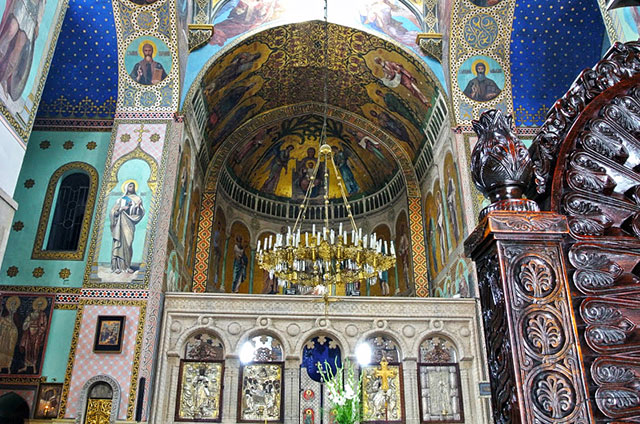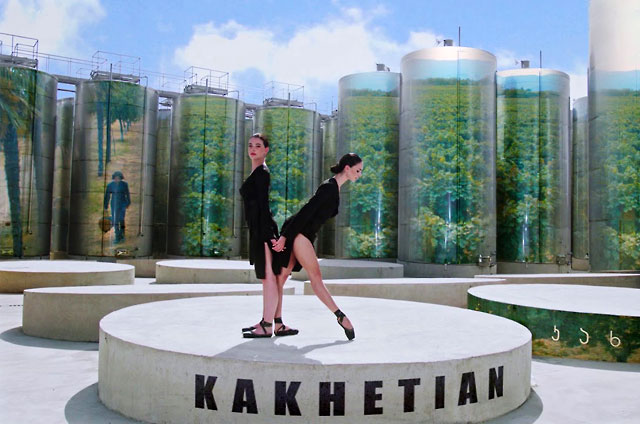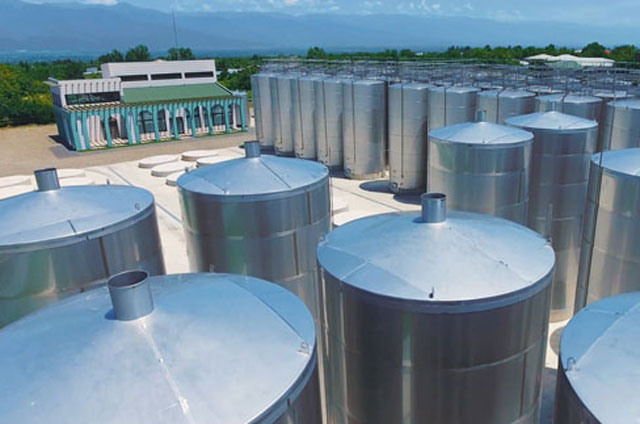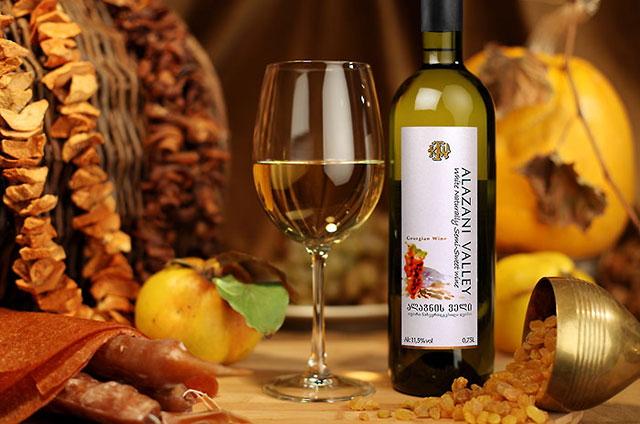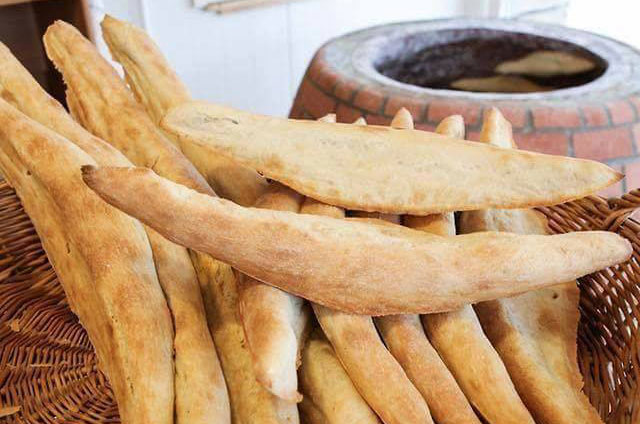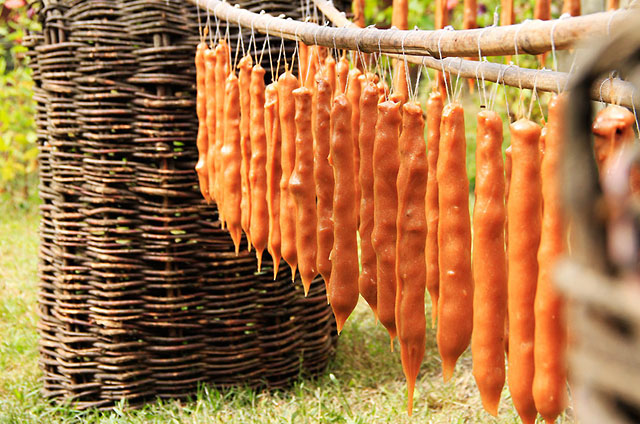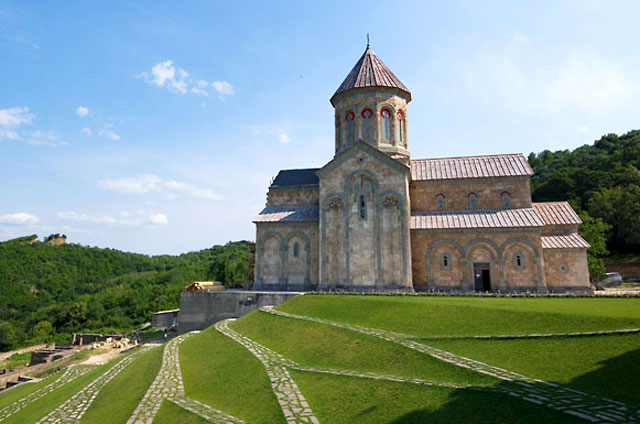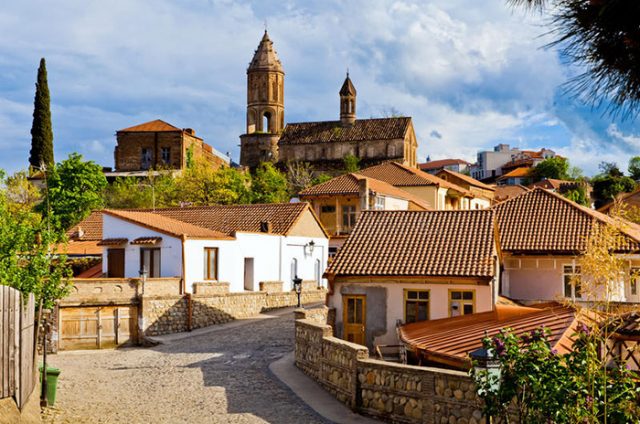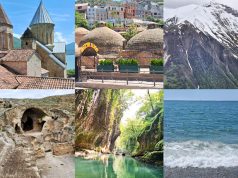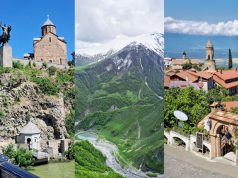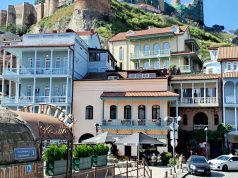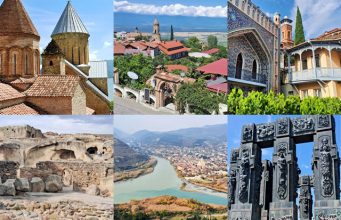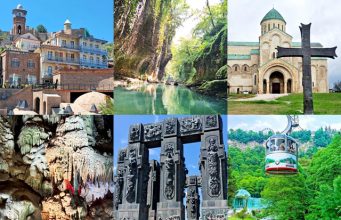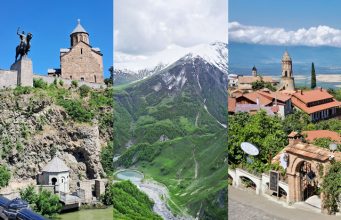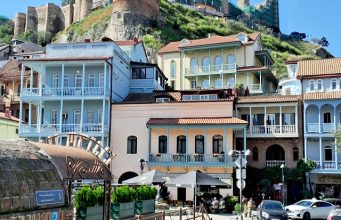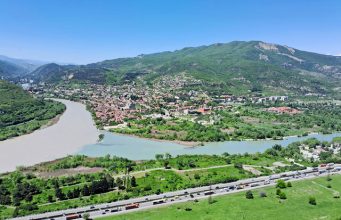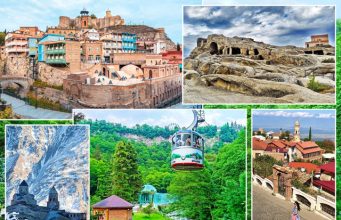Day 1
Meeting at Kutaisi International Airport and transfer to the hotel.
Kutaisi sightseeing tour
Kutaisi is one of the oldest continuously inhabited cities in the world and the third-most populous city in Georgia. At the same time, Kutaisi, traditionally, is second in importance, after the capital city of Tbilisi. Archaeological evidence indicates that the city functioned as the capital of the Colchis in the sixth to fifth centuries BC. It is believed that, in Argonautica, a Greek epic poem about Jason and the Argonauts and their journey to Colchis, author Apollonius Rhodius considered Kutaisi their final destination as well as the residence of King Aeetes.
Gelati Monastery – founded in 1106 by King David IV of Georgia as a monastic and educational center. The Monastery of Gelati is a masterpiece of the Golden Age of medieval Georgia, a period of political strength and economic growth between the 11th and 13th centuries. The Gelati monastery, one of the largest medieval Orthodox monasteries, was inscribed as a UNESCO World Heritage Site in 1994 because of its outstanding architecture and its importance as an educational and scientific center in medieval Georgia.
Bagrati Cathedral – the Cathedral of the Dormition is an 11th-century cathedral in the city of Kutaisi.
After that we will visit Tetra Cave Natural Monument – a karst cave, locally known as White Cave. It is naturally decorated with chalk limestone that provides plenty of white color in cave interior. The cave has a 30,000 year history of human life. During the archaeological excavations, 15,000 artifacts were found. In the time of the Soviet Union, Tetra was also a place for the training and rehabilitation of cosmonauts. Since the cave is humid and the temperature here is 13-14 degrees, excellent conditions are created for wine aging. To promote wine tourism in Imereti region, the investor company has created a warehouse for aging wine in Tetra. Guests will be able to taste and buy high quality and varied Imeretian wines.
You will have wine tasting in the cave.
Lunch and dinner (at your discretion).
Day 2
Trip to Rabati Castle and Vardzia cave monastery
Rabati Castle is a medieval fortress built in the 9th century under the name “Lomsia Castle” in the city of Akhaltsikhe in southern Georgia, recently globally reconstructed. It is one of the main attractions of the Samtskhe-Javakheti region along with Vardzia. The original name of the fortress in the 9th century was Lomsia, which can be translated from Georgian as “Lion”. At the end of the 12th century, Lomsia acquired the new name Akhal-tsikhe, which literally translates as “New fortress”. The name “Rabati” which is sometimes used for this castle, mostly is used after restoration and it is a of Jewish/Arabic origin and means any fortified place.
Before we leave for Vardzia, you will have Lunch (at your discretion).
Vardzia – a cave monastery site in southern Georgia, excavated from the slopes of the Erusheti Mountain on the left bank of the Kura River. The main period of construction was the second half of the twelfth century. The caves stretch along the cliff for some five hundred meters and in up to nineteen tiers. The Church of the Dormition (the central spiritual and monumental focus of the site), dating to the 1180s during the golden age of Tamar and Rustaveli, has an important series of wall paintings. The extended area of Vardzia-Khertvisi has been submitted for future inscription on the UNESCO World Heritage List.
Soviet-era excavations have shown that the area of Vardzia was inhabited during the Bronze Age and indicated the reach of Trialeti culture.
Hotel accommodation and overnight in Akhaltsikhe.
Day 3
A trip to the Borjomi resort and the holy city of Mtskheta
Borjomi is a resort town in south-central Georgia. It is situated in the picturesque Borjomi Gorge on the eastern edge of the Borjomi-Kharagauli National Park. The town is noted for its mineral water industry (which is still the number one export of Georgia), the Romanov summer palace in Likani. The World Wide Fund for Nature-site Borjomi-Kharagauli National Park is one of the largest national parks in Europe. Because of the supposed curative powers of the area’s mineral springs, it is a frequent destination for people with health problems. Borjomi is a brand of naturally carbonated mineral water and is exported to over 40 countries.
In the park there is probably the most famous place in Borjomi – a place where mineral water comes out of the spring and you can enjoy it from a source absolutely free.
In addition, the park has one more great bonus – Sulfur pools. To get there, you need to go along the river, through a beautiful pine forest, and such a walk in itself is pleasant. During the tour, a visit to the pool is a luxurious natural and recreational event, for which it is not a pity to spend the whole day.
Lunch in Borjomi (at your discretion).
Afterwards, we will visit Mtskheta – one of the oldest cities of Georgia and its former capital. For nearly a millennium until the 5th century AD, Mtskheta was a large fortified city, a significant economical and political centre of the Kingdom of Iberia. Due to the historical significance of the town and its several outstanding churches and cultural monuments, the “Historical Monuments of Mtskheta” became a UNESCO World Heritage Site in 1994. As the birthplace and one of the most vibrant centers of Christianity in Georgia, Mtskheta was declared as the “Holy City” by the Georgian Orthodox Church. The Historical Monuments of Mtskheta were placed by UNESCO under Enhanced Protection.

Svetitskhoveli Cathedral, the Patriarchal Cathedral of the Georgian Orthodox Church, in honor of the Twelve Apostles, was built in 1010-1029, on the site of the first Christian church in Georgia. Known as the burial site of the claimed Christ’s mantle, Svetitskhoveli has long been one of the principal Georgian Orthodox churches and is among the most venerated places of worship in the region.
In the evening we will arrive in Tbilisi.
Day 4
Sightseeing tour in the historical part of Tbilisi
Metekhi Plateau – a historic neighborhood of Tbilisi, located on the elevated cliff that overlooks the Mtkvari river. The neighborhood is home to the eponymous Metekhi Church of Assumption. The name Metekhi comes from the Greek metoh, which means the location of the church. It is believed that the area was inhabited even under King Vakhtang Gorgasali, who built his palace here. In the 8th century, on the Metekhi Rock, according to legend, St. Abo of Tbilisi was martyred.
The Bridge of Peace is a bow-shaped pedestrian bridge, a steel and glass construction illuminated by numerous LEDs, over the Kura River, linking the Rike Park with Old town in central Tbilisi.
Abanotubani – the ancient district of Tbilisi, known for its sulphuric baths.
Narikala – an ancient fortress overlooking Tbilisi and the Mtkvari (Kura) River.
The Sioni Cathedral of the Dormition – a Georgian Orthodox cathedral. Following a medieval Georgian tradition of naming churches after particular places in the Holy Land, the Sioni Cathedral bears the name of Mount Zion at Jerusalem.
Tbilisi State Puppet Theater named after Rezo Gabriadze. Anchiskhati Basilica of St Mary (VI century – the oldest surviving church in Tbilisi).
Day 5
Free day in Tbilisi – for walking around the city and buying souvenirs. If you wish, you can order an additional excursion.
Day 6
Wine tour in Kakheti
First we will visit the wine factory KTW (Kakhetian Traditional Winemaking) and taste several varieties of wine. On the way to Sighnaghi, stop in the village of Badiauri, where we will see how the Kakhetian “mother’s bread” (Dedas Puri) is baked, tasting Chacha – Georgian strong alcoholic drink; on the stop you can buy spices, Churchkhela – traditional Georgian national delicacy.
Arrival at the Bodbe Monastery – a convent of the Bodbe diocese of the Georgian Orthodox Church. The Georgian Orthodox monastery complex, originally built in the 9th century, was significantly remodeled, especially in the 17th century. Now the monastery functions as a nunnery and it is one of the major pilgrimage sites in Georgia, due to its association with St. Nino, the 4th-century female evangelist of Georgians, whose relics are shrined there.
Sighnaghi – the city of love, is located on terraces connected by winding steep streets. Although it is one of Georgia’s smallest towns, Signagi serves as a popular tourist destination due to its location at the heart of Georgia’s wine-growing regions, as well as its picturesque landscapes, pastel houses and narrow, cobblestone streets. Located on a steep hill, Signagi overlooks the vast Alazani Valley, with the Caucasus Mountains visible at a distance.
Dinner in Sighnaghi (at your discretion).
Afterwards we will return to Tbilisi.
Day 7
In the morning we will leave for Kutaisi.
Till the journey comes to an end, en route we will visit Jvari Monastery (VI c.). Jvari is a rare case of an Early Medieval Georgian church that has survived to the present day almost unchanged. It is located on top of a mountain, from the slopes of which you can see how the jets of two rivers merge – the Kura and Aragvi.
Finally we will arrive in Kutaisi.
Accommodation at the hotel.
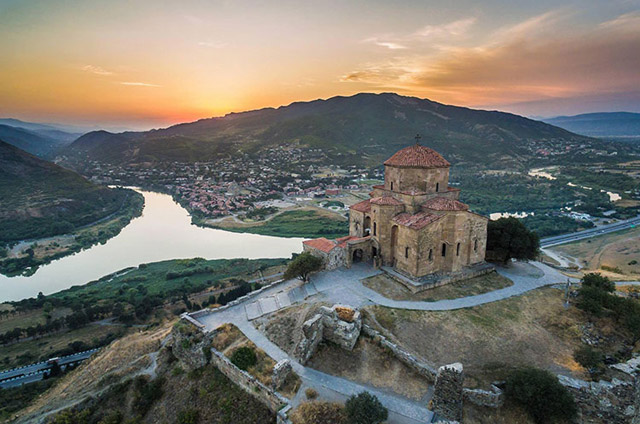
Day 8
Transfer to Kutaisi International Airport.
The price will include:
Hotel accommodation with breakfast,
private guide service,
all transfers,
all wine tastings according to the program,
entrance fees with local guide service.
Please note: the tour is designed so that tourists will arrive in Kutaisi in the morning. If tourists arrive in the evening or at night, in this case, the tour will be slightly modified.
The cost of dinner or lunch per person is about 15 USD.



